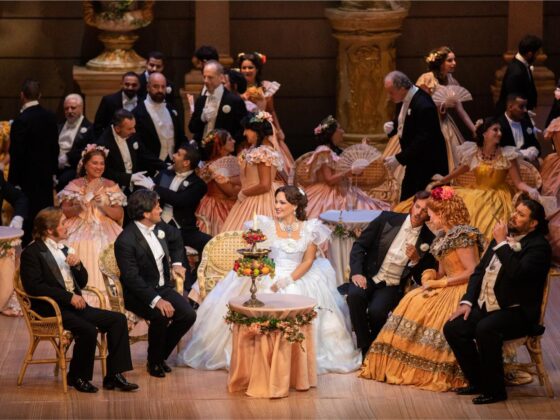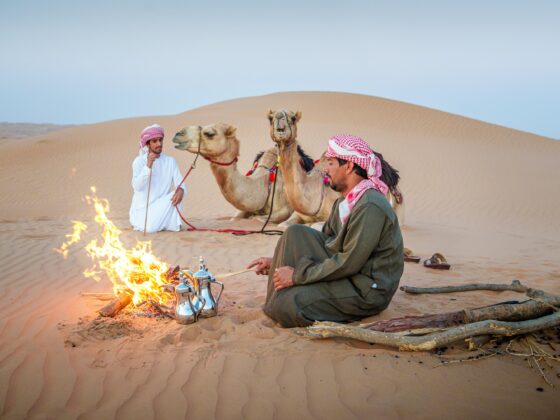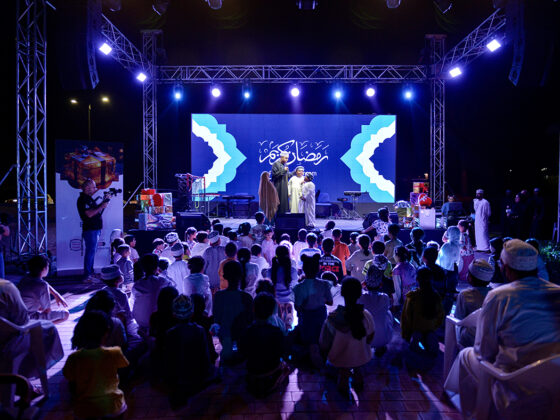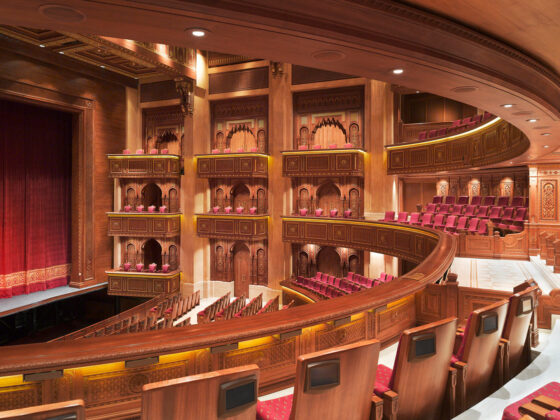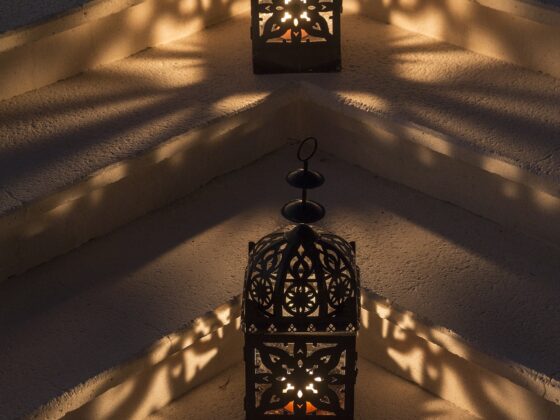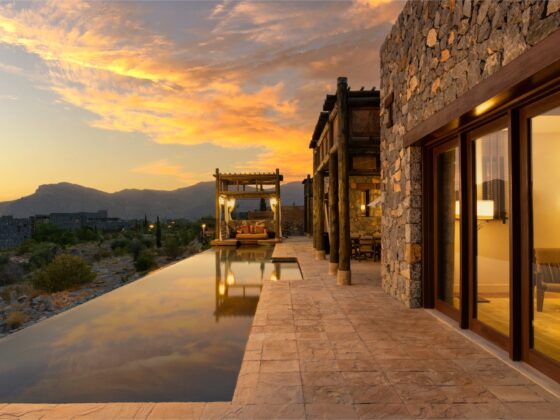The mussar is a symbolic headpiece worn by Omani gentlemen to complement their traditional ensembles. Woven into the fabrics of Oman’s revered culture, these turbans are embroidered with some of the finest materials that scream heritage and timeless style, serving nothing but head-turning fashions.

Since these crowns occupy a special place in our heats, here are eight things you need to know about them.
1. The headdresses in Oman are quite unique in colour, design, and shape from those of the Gulf countries, offering a variety of intricate patterns inspired by flowers and geometry.
2. They are commonly worn to ceremonies, weddings, and other official events, and are usually paired with a khanjar (daggers)
3. The best ones are handmade using the finest cashmere wool from the Indian state of Kashmir such as Pashmina, Shatoosh and Turma.
4. Based on its quality and production, Omani mussars are considered the most expensive in the Middle East, with a price tag that goes up to OMR2,000 for products made from pashmina wool.
5. Every Governorate in Oman has its own distinctive way of tying the mussar, with notable ones being the popular Muscati (commonly worn by Muscat residents), the elaborate Suri from the town of Sur, and the Dhofari style in the South.
6. Back in the day, these turbans were worn to identify the region a man was from, today they are worn as fashion statements.
7. Bespoke mussars are woven by hand and are almost impossible to imitate the finest details, making them one-of-a-kind collectables.
8. Though tying the mussar is a beautiful art in itself, it can become time-consuming for the busy folks. Some brands offer ‘pre-tied’ headdresses to wear on-the-go.



